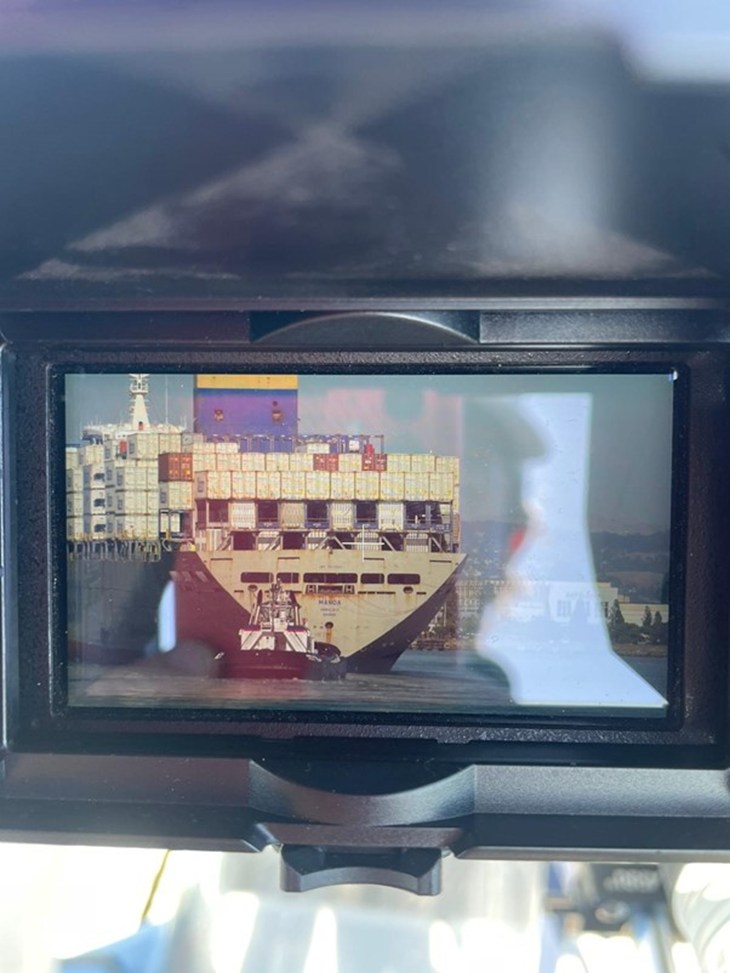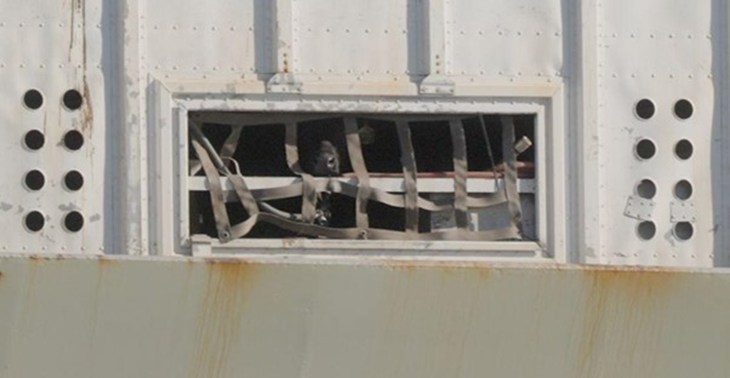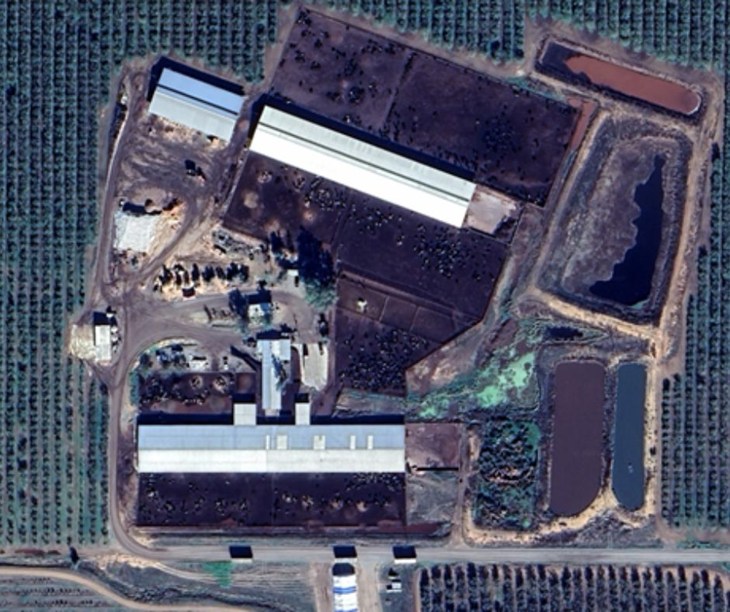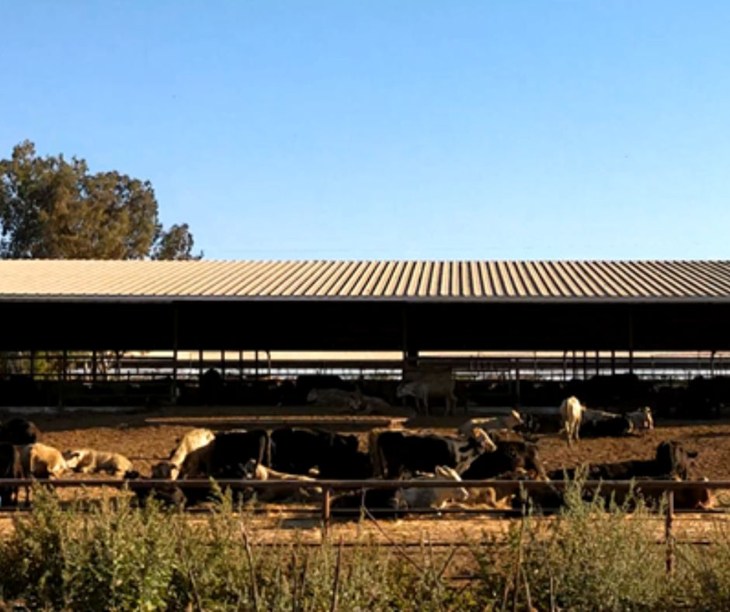6/20/2024
The first thing we noticed was the smell. Following the "cowtainer" first by boat and then by car, the overpowering odor of young calves trapped inside a metal box for days was inescapable.

Compassion in World Farming’s investigators in Hawai’i had recorded the young calves as they departed the Port of Honolulu destined for the Port of Oakland in California. Four days later we met the container ship as it docked and tracked the calves to a feedlot in Northern California. Up to 1,000 calves made the grueling journey, facing rough seas and sweltering summer temperatures.
Tracking the Journey: From Honolulu to Northern California
We watched and filmed as the 860-foot vessel arrived with its cargo. Around thirteen 40-foot cowtainers were stacked at the stern, each capable of holding up to 80 calves. As the ship entered San Francisco Bay, two hours late on June 11, we sailed behind on a small boat underneath the Golden Gate Bridge to the Port of Oakland. There, we captured footage of the cowtainers being unloaded and transferred to semi-trailer trucks.

Following two trucks that left in tandem, we had no idea where they were headed. As night fell, the trucks made their way north on Interstate 5. After two hours, they exited the highway and continued down rural roads in complete darkness. Around 11:30 p.m., the trucks turned onto a dead-end gravel road and drove off into the distance. We recorded the location and planned to return the next morning.
The Final Destination: A Northern California Feedlot
At sunrise, we resumed our journey, driving down the gravel path that led us to a feedlot filled with hundreds, if not thousands, of cattle. Three empty cowtainers, recognizable by their symmetrically rectangular windows, were parked nearby. This feedlot was the final destination for the dozens of calves we had followed up from Oakland the previous night.

Here, the calves would likely spend the next few months consuming forage from troughs and seeking shelter from the Californian summer sun, having only recently been separated from their mothers. Once they reached 1,000 pounds, they would be slaughtered and sold for meat.

This investigation illustrates what our previous research revealed. Not only is the live export of cattle from Hawai’i to the mainland cruel to the newly weaned calves who are forced on these long and strenuous journeys; but they are also wasteful. While Hawai’i exports 95% of the calves born and marketed on the islands, it imports 90% of the beef consumed in the state. The calves travel one way, while the beef goes the other. This process exemplifies the inhumanity of live animal exports and why the trade must end.
Watch the film now on YouTube.
A Truly Terrible Trade: CIWF Investigates Live Exports from Hawai'i
TAKE ACTION
Click here to sign your name to ban live exports.
